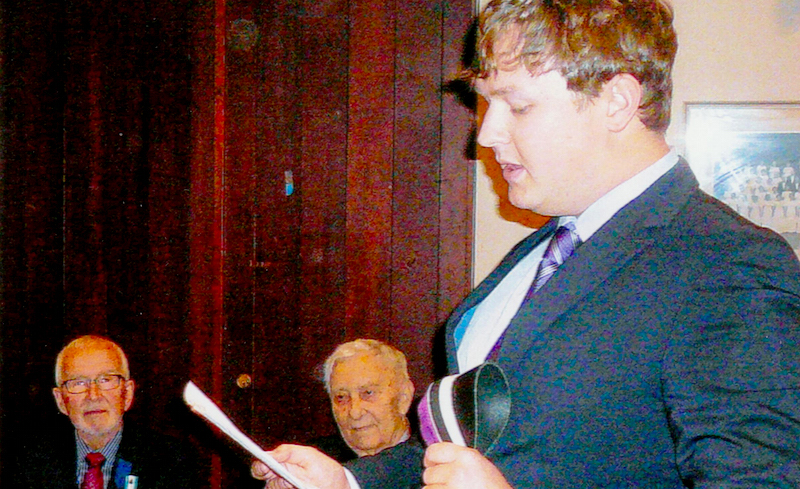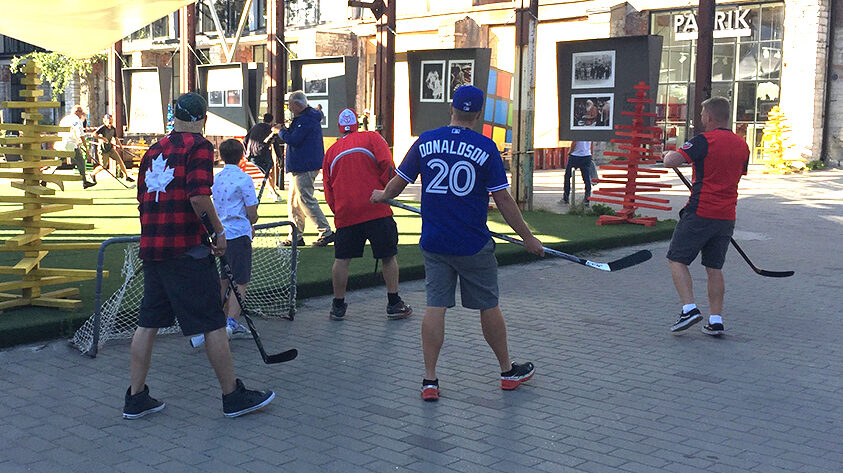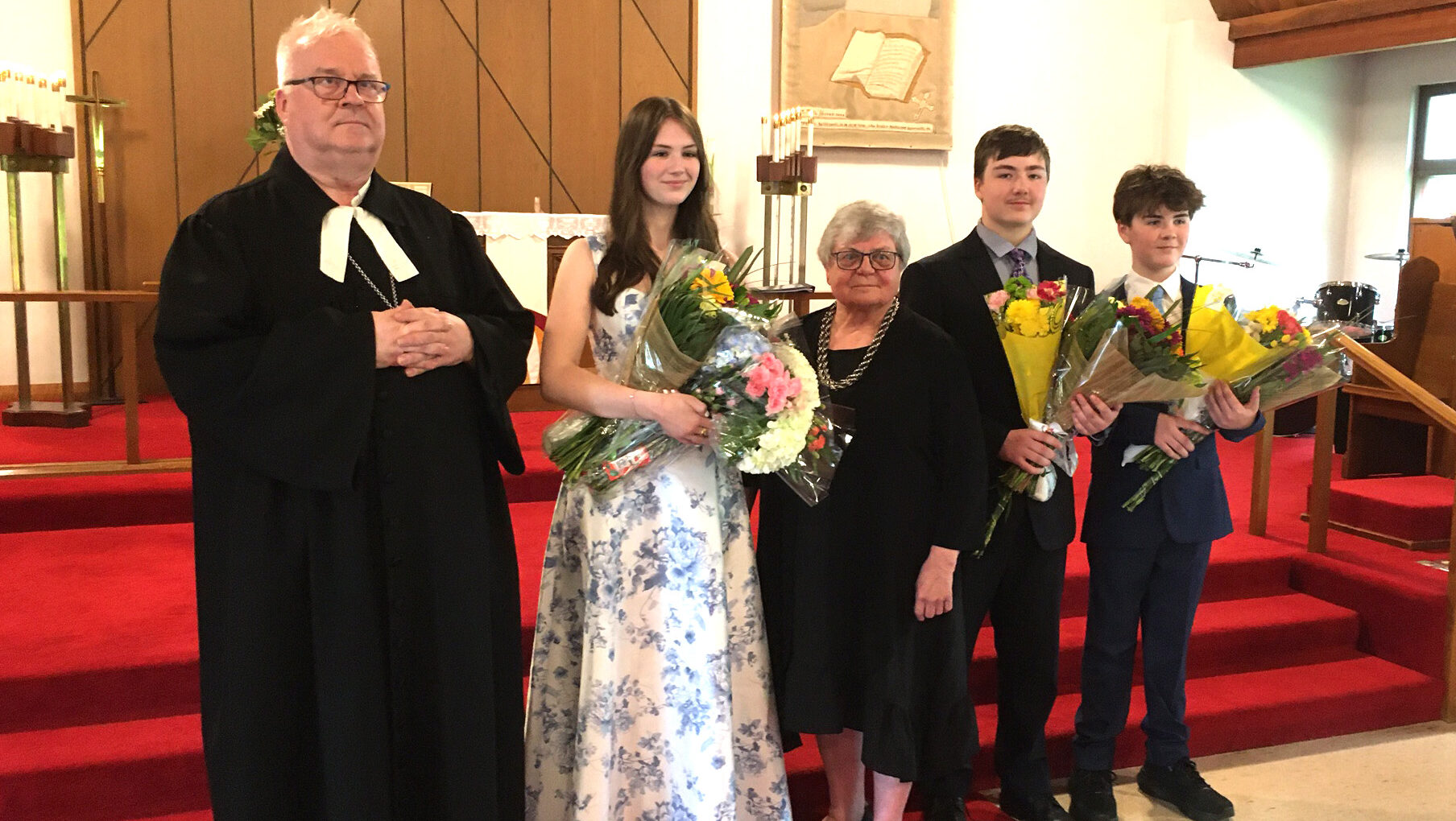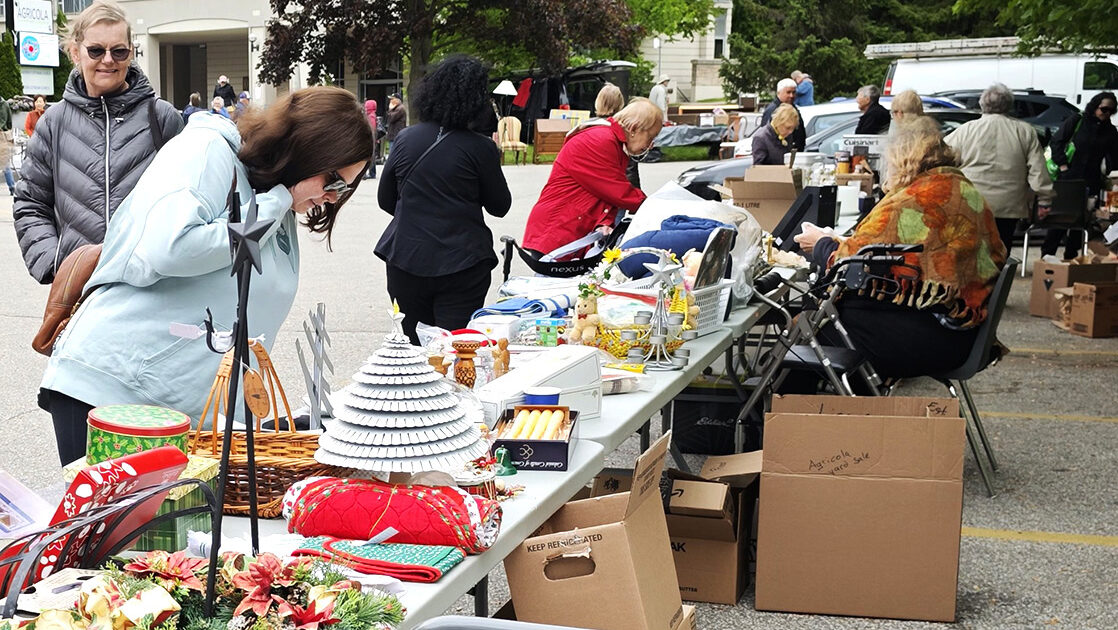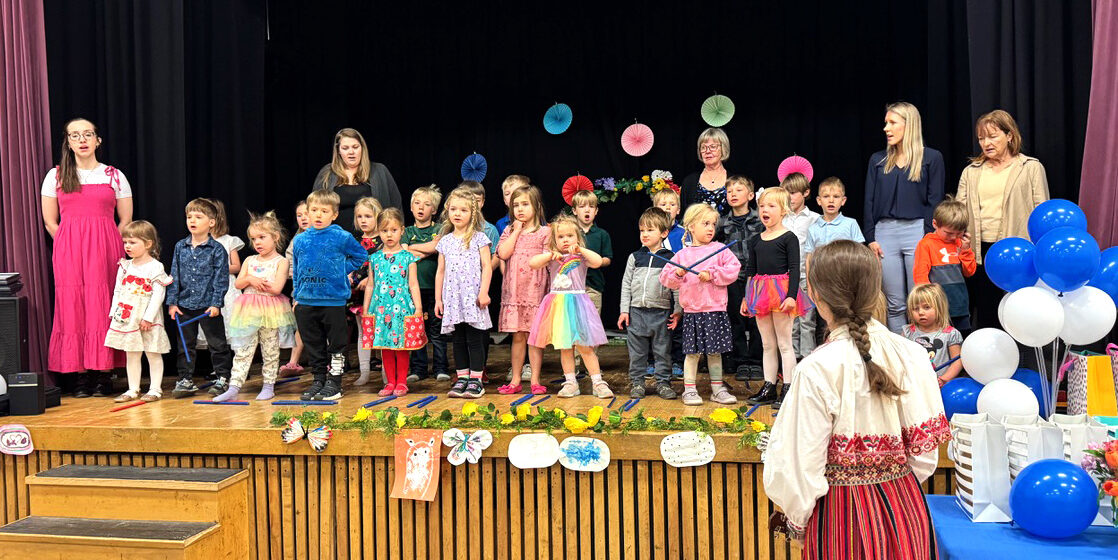Sixty years ago veterans of that war were still walking among us. Some, like Karl Kimmel, awarded the Cross of Freedom by a subsequently free Estonian Republic, found himself defending his country once again, almost 25 years later. He then managed to escape to the West with his family at the close of the Second World War. Along with a number of other old soldiers, he wound up in Toronto to enjoy the feeling of a newly established Estonian exile community in Canada. And within this community there were some who had not forgotten his contribution of long ago. The aforementioned members of university fraternities also had a historical connection. Their organizations had declared themselves part of the Independence War of 1918 – as they said, in corpore, i.e. inclusively to the last man.
It is still the spirit of the old warriors that infuses a current event that echoes not only that War of long ago but honours veterans from the devastating 1939 – 1945 period of human history as well.
The intimate atmosphere of the Estonian House Café on Sunday, Feb 22 matched this year's somewhat diminishing number of those old soldiers of that tragic, more recent time period. A most noticeable absence was that of Tarmo Rae, an officer-pilot with over 100 missions, who was remembered for his spontaneous speech for the freedom for Ukraine the previous year. He had just passed away. The absence of others no longer physically able to participate presents a challenge for organizers to look for creative approaches in the future.
The head of the organization of local Estonians who had fought in the Finno-Russian War, Ylo-Mark Saar, stood up to represent all the veterans present and to thank the bright, youthful hosts of the Fraternity korp! Vironia in charge of the event under the aegis of the Federation of Fraternities. The head of the old Estonian Student Society (EÜS), Enn Varrik, closed the event with a few well-chosen words.
A striking feature during the event was the contrast provided by the span of three generations present at the event. Both welcoming speakers, recent university graduates Markus Liik and Mihkel Kütti of korp! Vironia, were outstanding but, figuratively speaking, grandsons of those being honoured.
The old warriors of the Cross of Freedom and of four generations past are long gone. That is a given. But the fraternities, when they began to honour the more recent Estonian war veterans in this unique reception, have performed a service for all Estonians anxious to preserve a history which, like the country itself, is constantly under attack. The veterans currently acknowledged are those who at a later stage, in foreign uniforms, win or lose, fought for and represented the ongoing principle of Estonian independence.
The issue of possible danger to Estonia is, of course, tied to the currently developing events in Ukraine. That is being dealt with at the international level. The attacks on Estonian history is another matter and, in some insidious fashion, pose an equally potent danger to the country's future because another nation's “truth” can be used as a reason for disruption and as an excuse for ultimate destruction. A case in point were the lessons learned from the relocation of the Bronze (Soviet) Soldier, albeit effective, from a prominent location in Tallinn in 2007.
The veterans honoured two weeks ago at the annual event following the ceremonial assembly represent a vital part of Estonia's identity, an identity that forms the basis for the country's justification, the desire to be independent and free. They are the historical link that joins the sacrifices of the successful struggle that followed the First World War and the military position that Estonia is currently taking. That link is being preserved and kept strong even if Time is not on the side of the remaining participants. It is the spirit that matters, the title of the subsequent brief article on the current subject.
Andres Raudsepp
